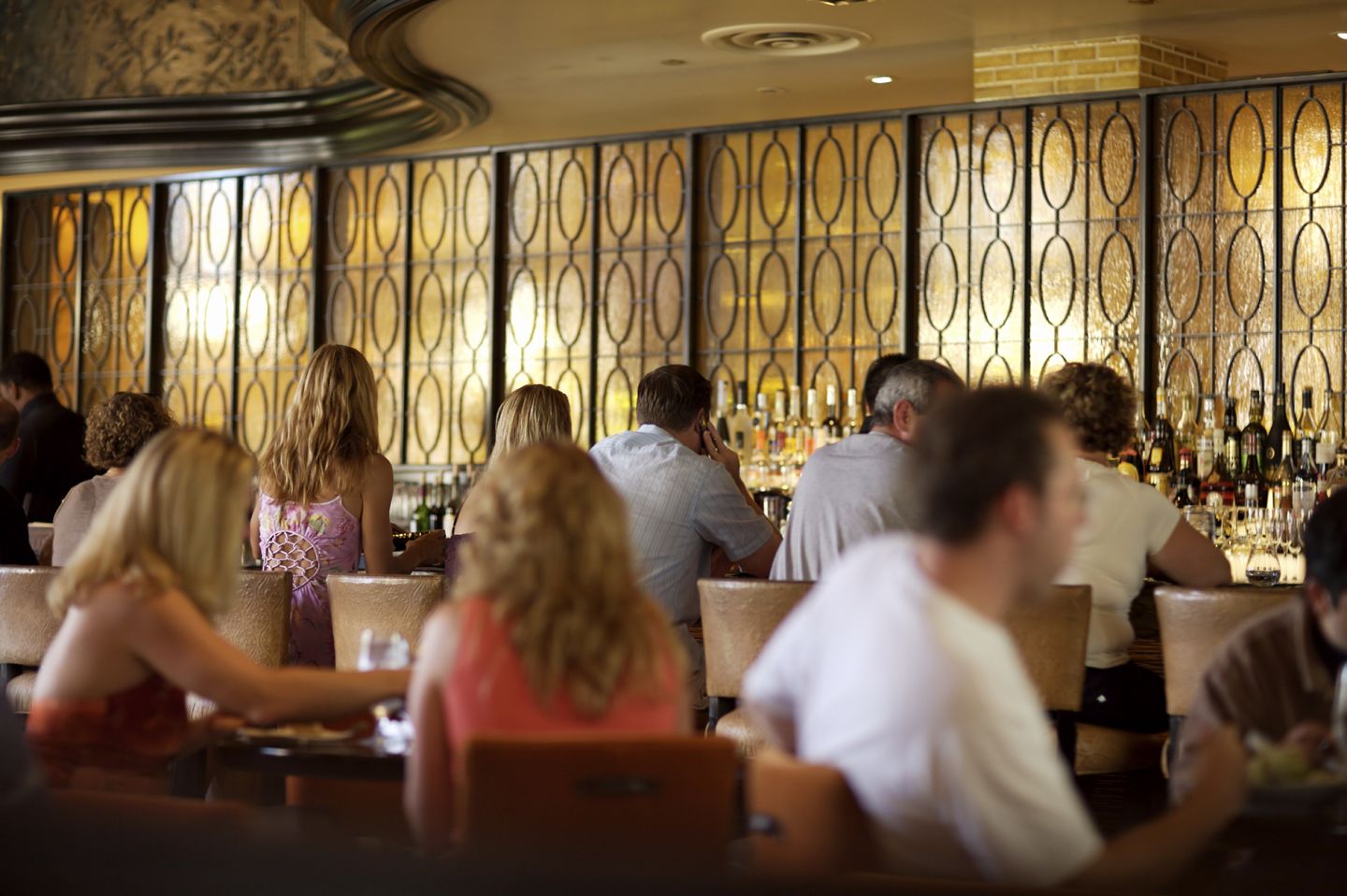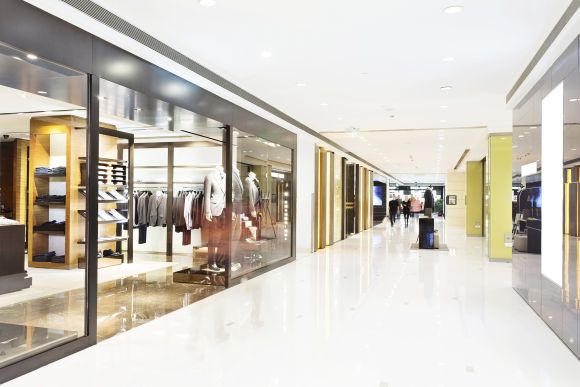For decades, the mall has been a staple of American shopping and culture.
But, the once-vibrant, traditional malls that used to be mecca for people everywhere are slowly waning and being forced to shut down after years of debilitating declines in consumer traffic caused by struggling anchor stores like Sears and J.C. Penney, a changing consumer culture, and increased competition from the internet.
No new enclosed malls have been built since 2006 and as the traffic-driving anchors continue to shut down stores, it’s proving to be a difficult challenge for mall owners to find retailers large enough to fill former anchor footprints.
And with a new wave of big-box store closures on the horizon, the problem appears to be set to accelerate.
Within the next 10 years, roughly 15% of U.S. malls are predicted to fail or be converted into non-retail space. And within 15-20 years, some retail analysts predict the failure of as many as half of American shopping malls.
The malls being hit the hardest are the lower-end and middle-tier malls in b-list locations. However, the upscale, high-end malls with anchors, such as Saks Fifth Avenue and Neiman Marcus, seem to not only be surviving, but also thriving.
So where does the mall go from here?
While there’s no question that many American malls are declining, some malls are having a second life.
But, what are the keys to their success? The answer lies in understanding changing consumers and what will make them put down their computer and step away from their smartphones.
You see the future of malls is about experience, entertainment, creating a destination, and providing consumers with things that they don’t get online – factors that will draw people in.
More and more malls are moving toward an outdoor shopping environment and focusing on adding movie theaters, restaurants, gyms, as well as medical facilities.
They are being converted into spaces that serve communities and promote social interactions with activities and festivities.
That alone will give this “modern mall” a core customer base.
And if developers replace the antiquated shopping centers with fine dining, movie theaters, and things like virtual amusement parks – the modern mall concept begins to look like the future of overall retail: fewer locations, better execution, and the survival of the fittest.
The Bottom Line:
By adding restaurants and services as well as creating experiences that cannot be mimicked online, malls will ultimately be turned into places where people go to shop, eat, and be entertained – which is a main reason people shop at malls rather than ordering online.
While redeveloping malls is not a one-size-fits-all approach, it has the potential to make suburban space more livable and more economically productive.
So ask yourself if it’s time to consider new mall-based real estate or a new development strategy. And if the answer is yes, it’s essential to assess and measure existing mall performance, and identify the wants and needs of the consumers in the mall’s trade area.
If you’re interested in redeveloping your mall-based real estate strategy, contact us.


